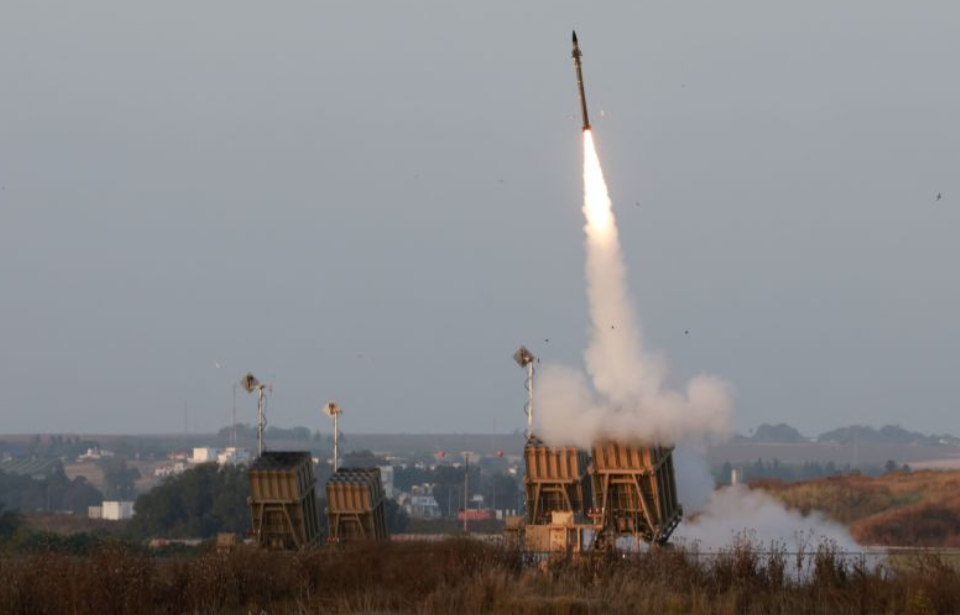Since 2011, Israel has operated one of the world’s most powerful and effective air defense systems. Designed to protect against rocket and artillery attacks, it’s highly advanced and made up of mobile launchers that work together to form batteries that are capable of protecting an urban area of up to 60 square miles. This system is called the Iron Dome and, so far, it’s destroyed 90 percent of its targets.
Developing the Iron Dome
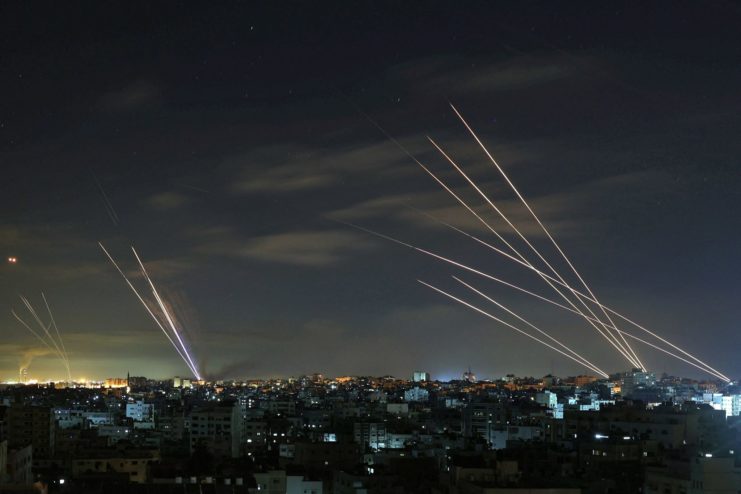
The idea of an Israeli missile defense system was floated around in the 1990s when Hezbollah, a political party and militant group in Lebanon, launched rocket attacks against urban areas of the country. However, it was shelved after being deemed unrealistic.
The concept resurfaced when Hezbollah fired more rockets into Israel in 2006, with 4,000 landing in the north. The assault killed 44 and prompted the evacuation of 250,000 civilians. In addition to this, Hamas, an Islamic resistance movement, fired around 8,000 rockets into southern Israel from Gaza between 2000-08.
In response to the constant and vast quantity of rocket attacks, Israel chose to construct what became known as the “Iron Dome.” Beginning in 2007, Rafael Advanced Defense Systems worked with the Israel Defense Forces to develop the shield, with the United States backing the endeavor with a $200 million grant. Just four years later, the system was operational – a development speed rarely seen in the industry.
Not only was the system quick to reach operational status, but it rapidly proved its effectiveness.
How does the Iron Dome work?
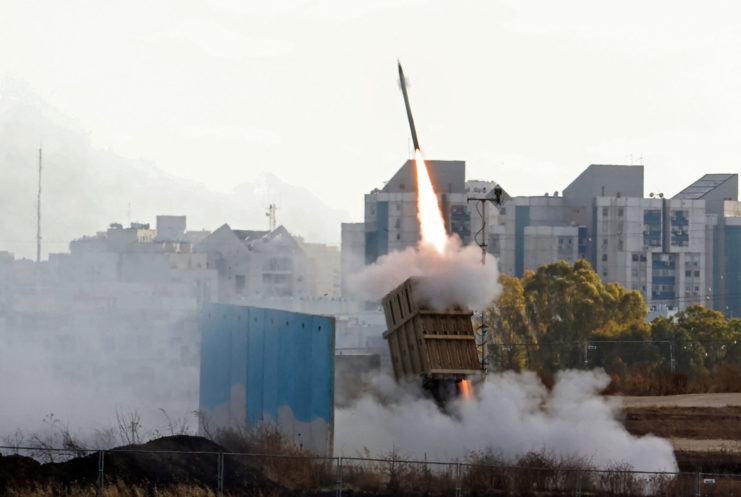
The Iron Dome consists of three main parts: Detection & Tracking Radar, Battle Management & Weapon Control, and the Missile Firing Unit. Each was built by different companies, with the aim being for them to work seamlessly when put together.
The Detection & Tracking Radar, as the name suggests, detects the launch of a projectile and follows its trajectory as it travels into Israeli territory. The Battle Management & Weapon Control then uses this information to calculate where the rocket will land and decide whether it’s a threat to people or will land harmlessly in an unpopulated area.
If the predicted impact location threatens Israeli civilians or other designated areas, the system will launch a Tamir interceptor missile. The interceptor missile is launched from the Missile Firing Unit and attempts to eliminate the threat by destroying the rocket in mid-air.
As aforementioned, the mobile launchers that make up the Iron Dome are grouped together to form batteries, with there believed to be at least 10 stationed across Israel. Each launcher is equipped with 20 interceptor missiles.
Not a cheap system to operate
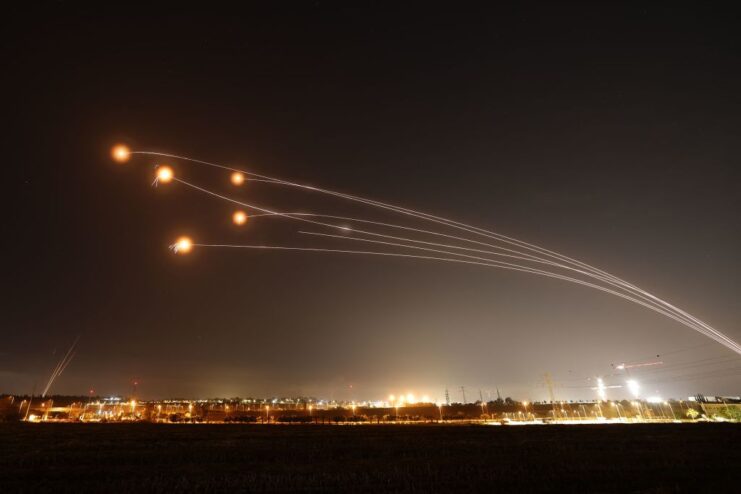
The Iron Dome works extremely well, but it’s also expensive to operate; the cost of each Tamir interceptor missile is believed to be around $40,000.
The expenses involved were criticized before the system was even operational, with some arguing that it costs a disproportionate amount of money to destroy cheap rockets fired at the country – for example, the Qassam rockets used by Hamas only cost about $300-800 each.
Many in support of the Iron Dome believe these costs are more than justified by the lives it saves. As well, the cost of repairing damages caused by rocket attacks would likely be far greater than the cost of operating the system. As of mid-2023, the United States had provided nearly $3 billion to its upkeep and armament.
Disadvantages of the Iron Dome
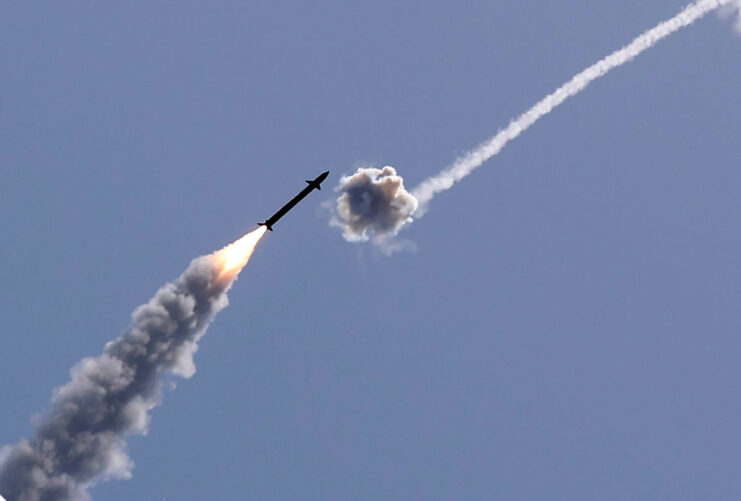
There’s no doubt the Iron Dome works well and has certainly saved many lives, but it’s not impervious to all attacks. The system is vulnerable to high numbers of incoming rockets, which, in enough quantities, would overwhelm it and outnumber the interceptor missiles. In addition, low-flying, short-range attacks are difficult to intercept.
These physical limitations have led Israel to investigate the possibility of complementing the Iron Dome with energy weapons that don’t suffer from the same drawbacks and could supplement the interceptor missiles.
Some believe the Iron Dome has created additional political issues, too. Since it’s so effective, Israeli leaders may become too comfortable with their invulnerability, which removes the incentive to make peace with their enemies. A former Israeli official told the Economist, “Iron Dome has altered the calculus of Israel’s political echelons in ways they have yet to understand. It allows Israel to resist internal public and military pressure for a quick end to the conflict, and keep bombing Gaza.”
C-Dome
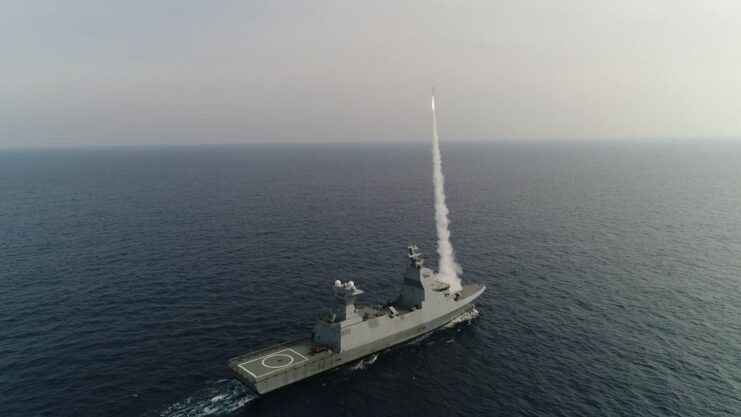
In 2017, a naval, ship-mounted version of the Iron Dome, called the “C-Dome,” was deployed, with the aim being to defend Israeli assets at sea, including shipping lanes and natural gas platforms.
Similarly to the Iron Drome, it’s made up of three separate parts: a Command & Control (C2) component, a modular Vertical-Launch Unit (VLU) and Tamir interceptor missiles. Unlike the land system, it uses surveillance radar already equipped by the ships aboard which it sits. The interceptor missiles have 360-degree coverage, allowing them to provide exceptional defense.
More from us: With the Type 93 Torpedo, the Allies Didn’t Know What Hit Them… Literally
According to officials, the C-Dome system can be equipped by small ships, with the Israeli Navy installing it aboard corvettes.
